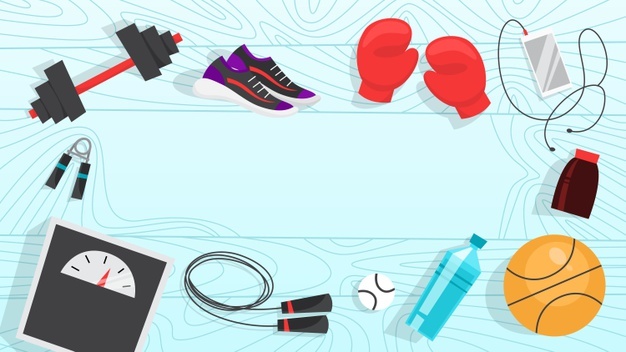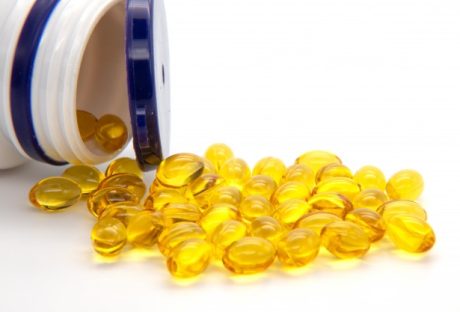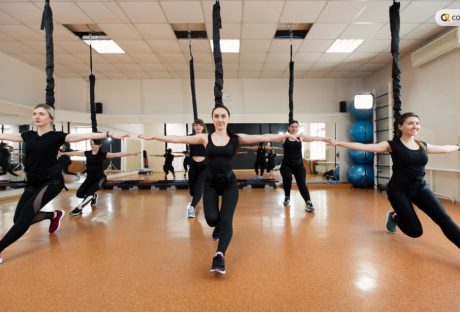It’s difficult to choose the right workout gear. There are so many factors to consider, and the list of available gear is endless! Here are six steps you can take to make sure you’re choosing the right workout gear no matter what you’re going after.
Here are the 6 Steps for Choosing the Best Workout Gear:
1. Choose the right materials
When it comes to workout gear, choosing the correct materials is one of the most important steps. The materials that your workout gear is made of can determine how comfortable you are when you work out, how sweaty you get, and more.
Firstly, avoid cotton workout clothes. Cotton doesn’t ‘wick away’ sweat like some other materials, and instead becomes wet quickly and doesn’t dry. This can lead to skin irritations and general discomfort, among other issues. Instead, choose materials like polyester, spandex, or polypropylene. These materials ‘wick’ sweat away instead of leaving it on you.
2. Consider the weather
Consider the time of year and the climate while you’re exercising. Choose warmer clothing if you’re going to be exercising outside during the fall or winter. Adding a well-fitting hoodie to your workout gear during these colder months is a great way to stay warm while you’re sweating it out.
Of course, during the summer you should try to avoid wearing heavier clothing or clothing that won’t wick sweat away easily. Exercising outside doesn’t need to be uncomfortable.
3. Choose the well-fitting gear
The fit of your workout gear is more important than you might think, whether you’re exercising on a machine or not. Choosing exercise clothes that fit you well and sit close to your body is important. You won’t get caught in machines, and materials that wick away sweat will have an easier time getting it away from your body.
That doesn’t mean you need to wear tight clothing. You should always choose clothing that is comfortable and somewhat loose. Yoga pants, workout shorts with liner, leggings, and other fitted clothes are great as well! Just make sure that you don’t wear clothing with loose legs or arms while working with exercise equipment, as it’s easy for the fabric to get stuck and you might get injured.
4. Be stylish
Even when you’re working out, your gear is an expression of your personality. Make sure that you choose the gear that you like. Choose something stylish and fun! Whether you’re looking at patterned workout pants or a hoodie with a unique style for those cold-weather workouts. Represent your favorite sports team or your favorite charity with logos, stickers, and branded workout gear (as long as it fits your other requirements!). Style doesn’t stop when you enter the gym!
5. Supportive shoes are key
Shoes are an important piece of your workout gear, so you have to get them right! You should choose shoes that are supportive all the way around, whether that means supporting your foot’s arches or keeping your ankles straight and secure.
Choose shoes that are breathable and comfortable on your feet. Adequate cushioning throughout the shoe is recommended, as it can help absorb the shock from certain high-motion workouts. Again, choose shoes that fit your style but asl o offer the most support, cushion, and comfort.
6. Accessorize!
There’s more to workout gear than just clothing and shoes. From your gym bag to your water bottle and more, there are a million ways to express yourself with your workout gear. If you like to listen to music while you work out, make sure to choose sweat-resistant or waterproof headphones that won’t fall out of your ears with lots of motion.
Your water bottle can be just about anything you want it to be, but don’t discount this step while choosing your workout gear. It’s important to stay hydrated, and a reusable water bottle is a great way to do that.
When it comes to choosing any accessories, consider that you’ll be moving, sweating, and more while using them. Represent your personality and have fun with your style!
Conclusion
Workout gear is difficult to shop for because there are so many options. From your accessories to your clothes, shoes, and more, it’s important to do research and investigate how you’ll use the gear, what it’s made of, and more. Don’t forget to have fun with your looks and style!
Read Also:


























